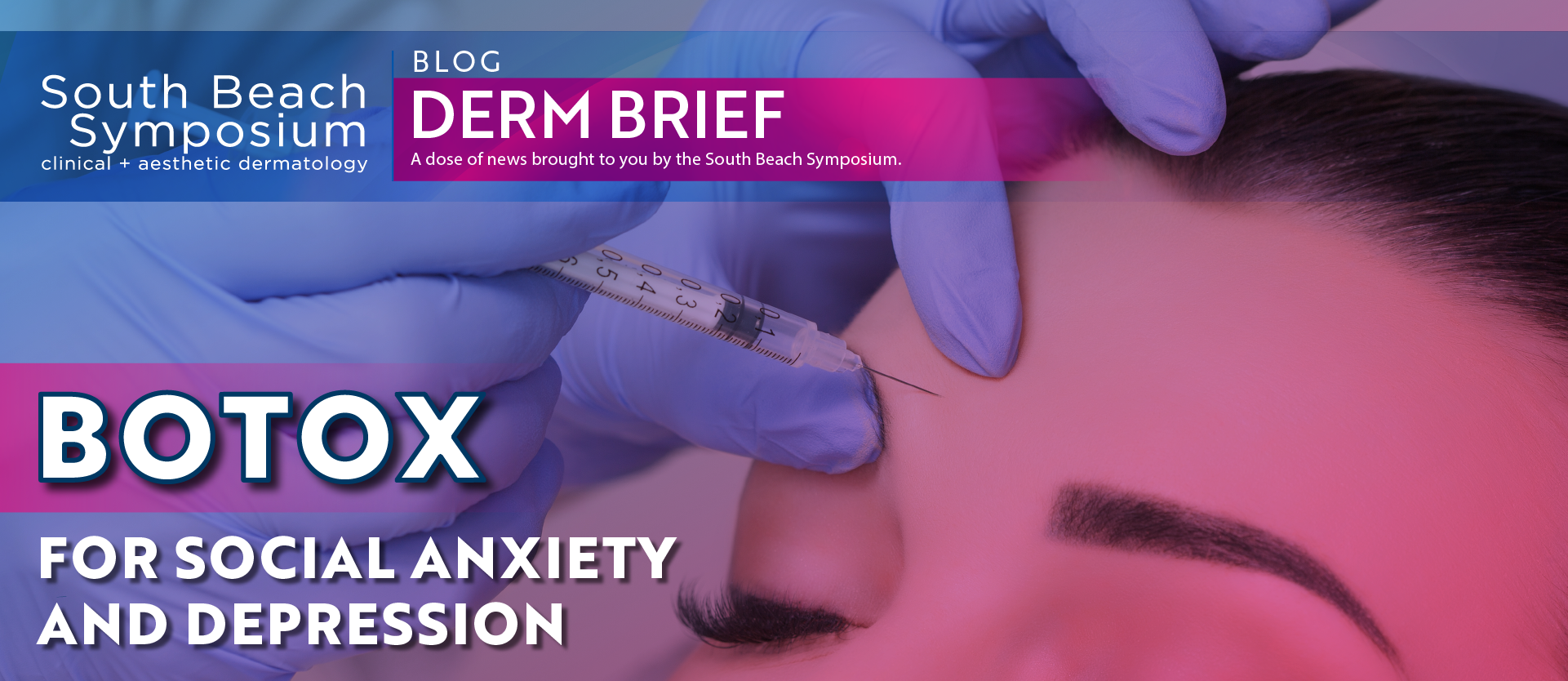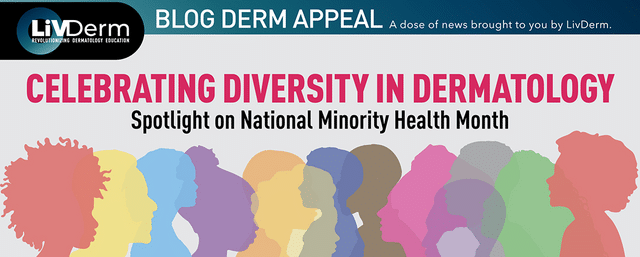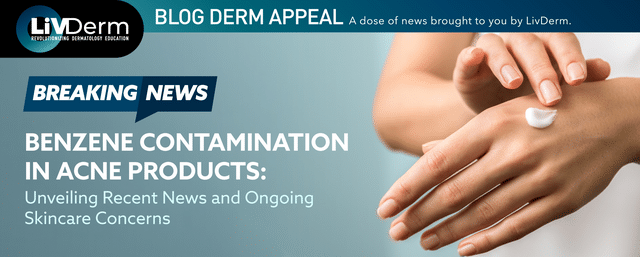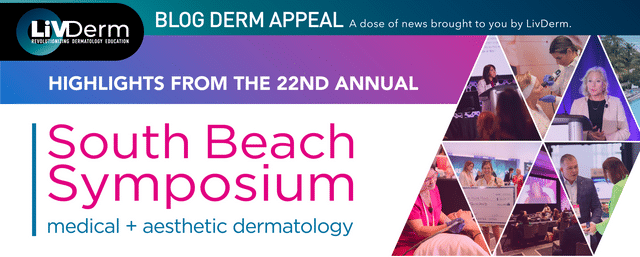Although most commonly used for cosmetic purposes, botulinum toxin type A (BT), may play a role in the future treatment of bipolar depression and social anxiety disorder, according to recent preliminary research. Previously, small but notable studies have revealed significant symptom improvement in patients with depression after a single Botox treatment, suggesting its efficacy as an alternative therapy for major depressive disorder.
Clinical data for Botox treatment of other types of depression and anxiety disorders is lacking, and requires further investigation. However, forthcoming research aims to evaluate the antidepressant properties of botulinum toxin injections into the brow muscles in patients struggling with bipolar depression and social anxiety disorder. Dr. Eric Finzi, George Washington University School of Medicine, examined the impact of BT therapy on these mental health conditions, hoping to alleviate treatment-resistant depressive symptoms, in addition, potentially ameliorating the adverse effects of many antidepressant medications.
Botulinum Toxin Therapy for Bipolar Depression and Social Anxiety
The findings of Dr. Finzi’s study were presented at the American Society of Clinical Psychopharmacology(ASCP) 2019 annual meeting, reporting two small-scale case series of patients with bipolar depression and social anxiety disorder. All patients were treated with botulinum toxin on a pro bono basis. Previous pharmacologic and psychotherapeutic therapies were ineffective for all patients resulting in persistent depressive symptoms and adverse effects from medications. Both small case series revealed a reduction in treatment-resistant symptoms of both bipolar depression as well as social anxiety. The results were replicated by three independent groups meanwhile, the treatment of major depressive disorder is currently being studied in phase 3 clinical trials, according to Dr. Finzi.
Results of Bipolar Depression Case Series
Comprised of one woman and five men between the ages of 39 and 87, the patient cohort with bipolar depression was injected with 29 to 46 units of botulinum toxin A at five to seven injection points in the glabellar region. Four of the cases were assessed using the Beck Depression Inventory I and II (BDI I and BDI II) to compare the severity of depression before and after treatment, while the Quick Inventory of Depressive Symptoms Self-Report-16 was used to assess symptoms in one case. The final case was evaluated using the Montgomery-Åsberg Depression Rating Scale.
All of the patients showed improvement in depressive symptoms and most experienced remission. In this group, 4 out of 6 individuals with moderate to severe bipolar disorder experienced sustained remission after treatment. The two remaining patients experienced a reduction in symptoms, and one was able to avoid an additional round of electroconvulsive therapy.
In one case, a 49-year-old man with a treatment-resistant 3-year depressive episode experienced symptom improvement within 1 week after BT injection. Within 4 weeks, his condition went into remission and he was able to discontinue all other medications. Another case study of a 51-year-old man revealed symptom improvement 1 week after treatment, and a BDI II score of zero within 4 weeks. Remission was maintained for 18 months with repeat treatments every 3 months, according to the study’s authors.
In another case, a 55-year-old patient who had discontinued lithium due to kidney side effects experienced nearly complete remission of depressive symptoms 4 weeks after Botox treatment.
However, the depressive symptoms returned once his frown began to reactivate and a greater dose (48 units) was required to deliver the desired effect.
Results of Social Anxiety Disorder Case Series
In the second case series, six women between the ages of 32 and 61 with long-standing, treatment-resistant social anxiety disorder received 29 units of BT. All but one of the patients had previously attempted pharmacologic and psychotherapeutic treatments with insufficient results or significant side effects.
Following BT injection, half of the women experienced sustained remission which was confirmed without relapse upon long-term follow-up. The remaining patients reported an overall reduction in social anxiety symptoms. All but one of the patients elected to continue BT treatments in order to maintain improvement, Dr. Finzi reported.
Emotional Proprioception – Muscles and Mood
Case series author Dr. Finzi initially began studying Botox as a therapy for depression in 2003, authoring his first case series in 2006. He credits the idea of emotional proprioception, or the notion that facial expressions are able to regulate mood, for the development of his novel approach to BT treatment. According to Dr. Finzi, paralyzed muscle fibers may signal a relief of physical stress to trigeminal nerve endings in turn, resulting in decreased emotional stress.
As his results reveal, by affecting facial muscles and their ability to shift, BT treatment may be able to send signals back to the brain leading to a reduction in stress and the associated mental health symptoms. Additionally, the response time to Botox therapy and duration of remission reported by patients strongly support BT as the leading cause. Patients consistently responded to injections within 4 weeks, and reported reverted symptoms after about 3 months – once the effects of Botox start to diminish.
According to the Mayo Clinic, Botox is generally safe and often carries fewer negative side effects than lithium and other anti-depressant medications – a leading complaint reported by patients. Although research is still ongoing and BT therapy will require an extensive evaluation process before it is brought to clinical use, preliminary research indicates promising results for its future role in the treatment of certain mental health conditions. As Dr. Finzi’s investigations have found, Botox injections may have the capability to alleviate symptoms in individuals with bipolar depression and social anxiety disorder, potentially helping between 50-60% of patients.
















